Lepo Sumera – a restless creative mind and an extraordinary human being
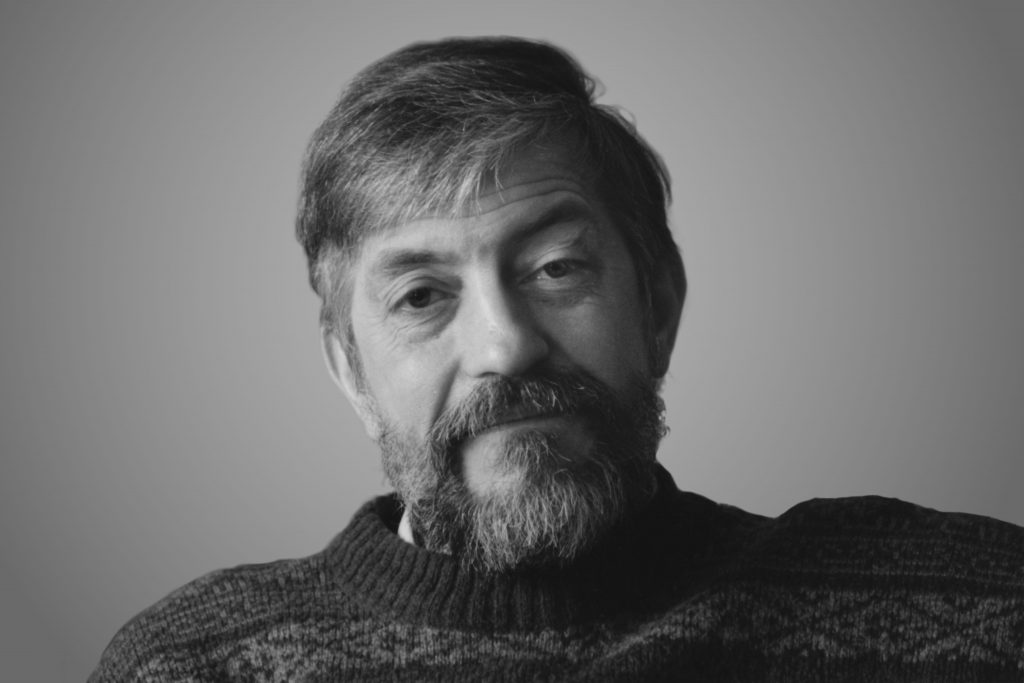
On 8 May, the Estonian music community celebrated the 70th anniversary of Lepo Sumera’s birth. Sumera was one of the central and most influential composers in post-war Estonia. His significance reaches beyond his creative accomplishments – he was also the culture minister, the chairman of the Estonian Composers’ Union and an experienced and well-loved teacher.
This brief biographical overview also sheds light on Sumera’s restless and inquisitive nature. He accomplished so much and he loved great challenges and stark contracts – in both work and life.
One of the most important symphonic composers
In terms of oeuvre, Sumera made his mark on the Estonian music history as one of the most important symphonic composers. His six symphonies comprise the core of his oeuvre and superbly illustrate his creative style that embraces sharp contrasts, powerful dramatic twists, stylistic playfulness, versatility of sound imagery, sometimes even images that verge on the absurd and humour. But primarily, Sumera’s large-scale works tread the paths of timelessness, eternity and the quintessential issues of humanity – addressing the topics of life and death, love and torment, through music.
The diversity of genres Sumera composed in is overwhelming. He wrote numerous chamber and choral works as well as large-scale compositions. His oeuvre is enriched by impressive works for solo instruments and ensembles, an opera and several ballets.
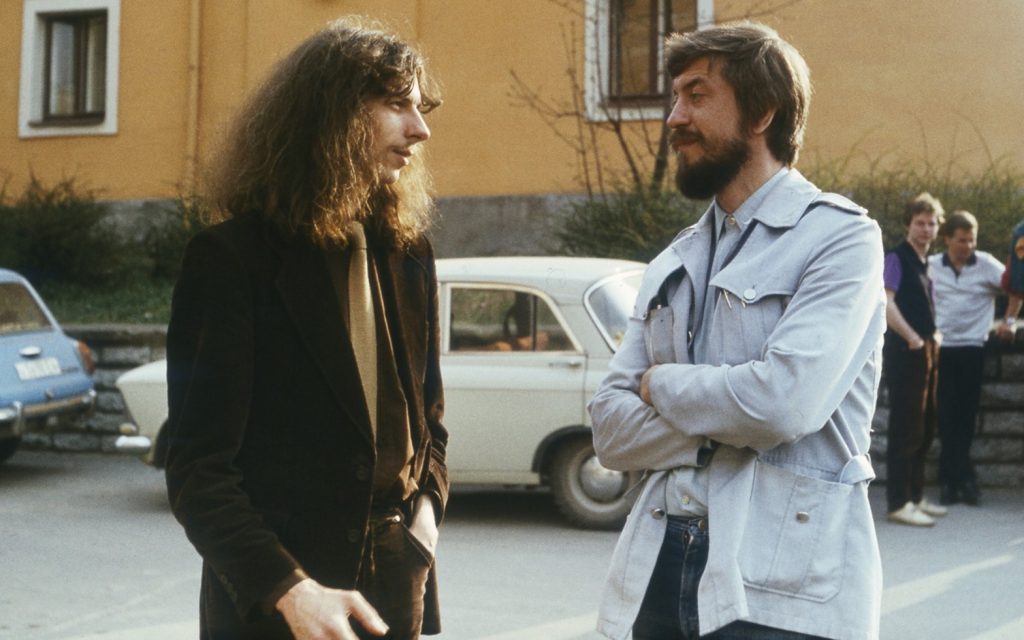
Moreover, Sumera was a key figure in introducing electroacoustic opportunities to Estonian music. He used electronic means in several works and composed the multimedia composition, “Heart Affairs” that is largely based on electronic material. He was also the founder of the electronic music studio of the Estonian Academy of Music. In addition, Sumera was an important partner in other spheres of art, regularly collaborating with renowned theatrical figures, film directors, choreographers and artists. These collaborations have given birth to several works central to Estonian cultural history.
Broad musical horizon
My own acquaintance with Lepo began quite early on. I was 10 years old when I wanted to take up composition in addition to piano lessons and my grandfather, who played the violin at the Estonian National Symphony Orchestra, took me to Lepo Sumera. To this day, I am deeply grateful to my grandfather, as he made it possible for me to take lessons from the beginning until my final years at the Estonian Academy of Music from one of the brightest creative minds and outstanding composition teachers of Estonia.
Lepo himself had studied with the legendary Estonian composer, Heino Eller, and with the Estonian composition landscape being divided between the two largest towns in Estonia – Tallinn and Tartu – his style gravitated towards the latter. Eller’s hometown, Tartu, was also where he worked before WWII. Although he moved to Tallinn after the war, his students are often referred to as the representatives of the Tartu School.
Eller’s influence was certainly evident in Lepo’s teaching methods – it showed in his attention to detail, great demands on musical material and broad musical horizon, which he shared with me tirelessly. Like Eller, Lepo introduced his students to important contemporary trends that did not necessarily align with his own preferences.
Breaking the barriers
His sensitive approach to timbre, often minimalist sound imagery and overall postmodern aesthetic did not disclose too much of what he taught about contemporary western music. Lepo’s abundant collection of music was even more impressive and essential to his students, because until 1991 Estonia was occupied by the Soviet Union – thus, Estonians could not easily access or experience the western cultural phenomena.
Lepo tried to break these barriers systematically and constantly – among other things, he made tape recordings of many classical music broadcasts on foreign radio stations, and also of the records that he had succeeded in procuring abroad. These tapes are responsible for some of my most profound musical experiences.
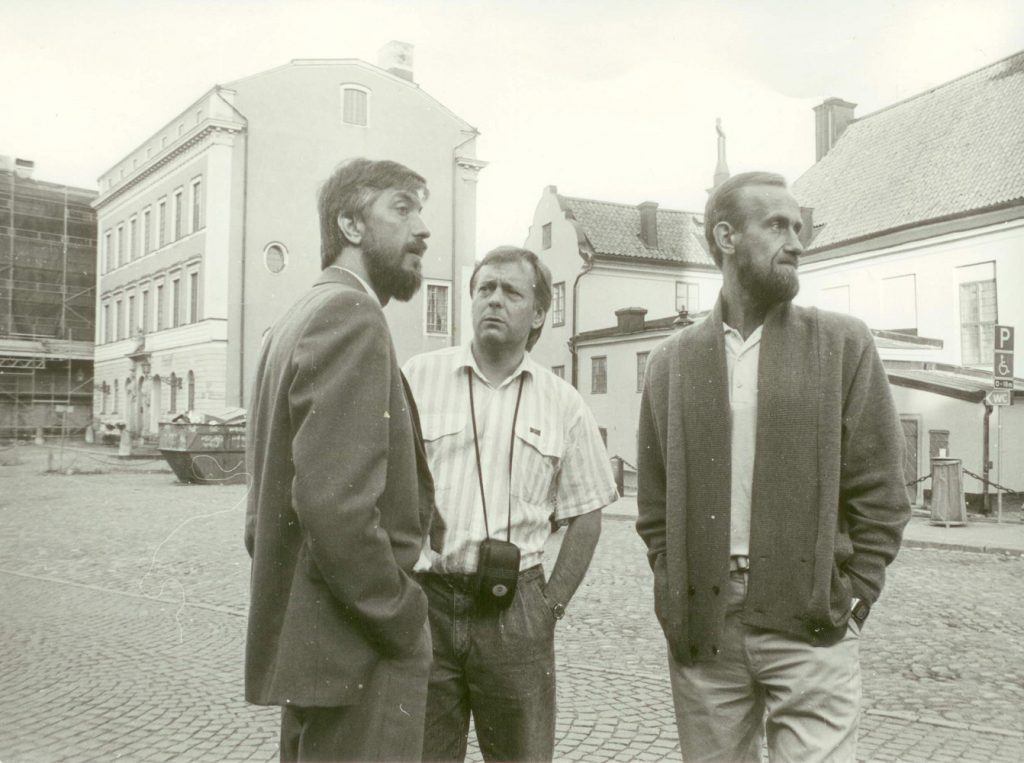
As a teacher, Lepo had an admirable ability to see the bigger picture. When, at some point, I became interested – again through his tapes – in American minimalism, he advised me not to choose that extremely fashionable composition style during my studies. It must be one of the most important pieces of advice I have received on my creative path, because I understood later that had I chosen minimalism immediately, I would probably have lacked the motivation to delve into other styles.
Strong dramaturgical vision
Lepo’s own oeuvre also reveals how careful and meticulous he was in his aesthetic and stylistic choices. The minimalist sections of his compositions are highly unique – one can discern much more dramatism and layers than is generally evident in works composed in this style. Besides, Lepo considered minimalism as just one possible way of expression among many others, and the final choices in his works always served an extraordinarily strong dramaturgical vision.
One of Lepo’s most well-known and popular works – “The Piece from the Year 1981” – is undoubtedly a stellar example of minimalism. It has been performed as an encore at countless concerts, used in movies, exhibitions, dance performances. Lepo himself sensed even greater dramatic potential in this piece and shaped it into his Symphony No 1, completing it at the end of the same year.
Besides his symphonies, there is another special large-scale composition I would like to mention. It is a cycle of three Shakespeare’s sonnets for symphony orchestra, boys’ choir, a soprano and an actor. It premiered in 1996 and here, Lepo very seamlessly joined the spoken and sung texts. Including the choir besides the soloist adds depth, considerably enriching the sound and giving more layers of meaning to the texts.
There is a dramaturgical dimension and emotional force to this composition, which makes me regret that in the 1990s – when Lepo was at his creative peak – Estonian composers had few opportunities to compose operas, most likely due to economic reasons. Lepo had the essential prerequisites and characteristics to be an opera composer.
A special place in his oeuvre is held by one of his last large-scale works, the multimedia composition “Heart Affairs”. He got the idea for it when in hospital due to issues with his heart. During this time, Lepo listened to the various sounds of his heart through the equipment used to examine him at the hospital, and these echoes and pulsations became the foundation for the unique composition that united different forms of art. The electronic sound imagery is dedicated exclusively to conveying heart sounds. In addition, he used live instruments, video and live streaming.
Unfortunately, already the composition’s story of inception itself was a warning sign – in hindsight, one can say that this was one of the final highlights of his mercilessly brief life before the premiere of his Symphony No 6.
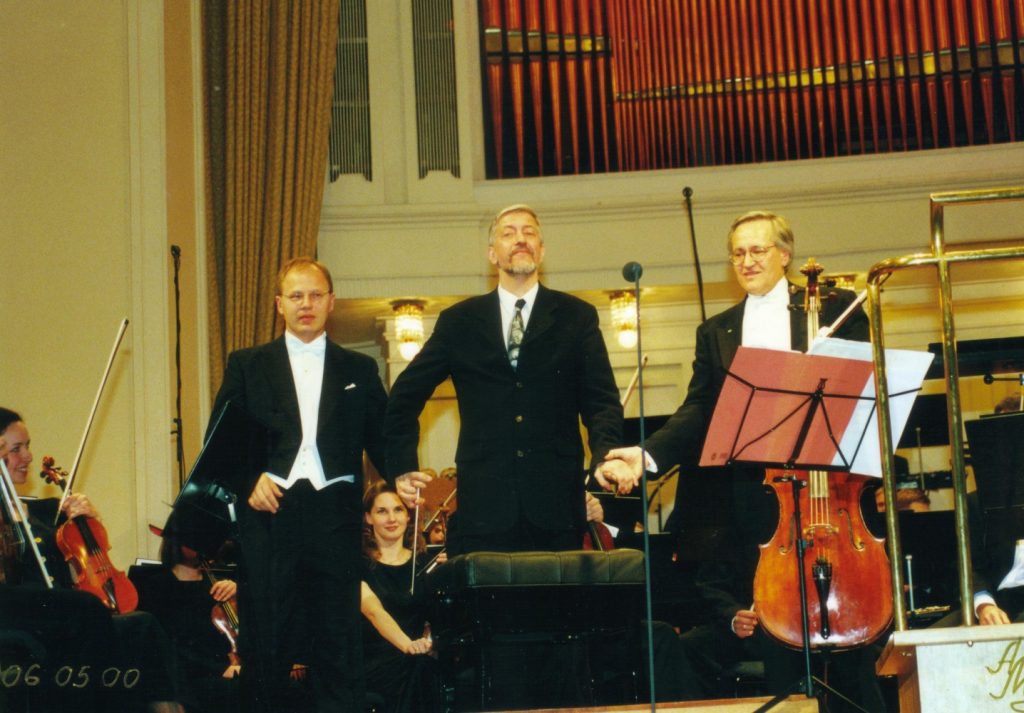
Distraught by increasingly depressing daily worries
Lepo did not know how to hold back. His final years were ablaze with staggering creative force, which resulted in several important works, but besides his ailing health he was also distraught by increasingly depressing daily worries.
He was one of those unlucky people who suffered from the injustice of the property restitution process in Estonia. When the country regained its independence, many homeowners who had acquired their homes in good will were forced to return them to their rightful owners (or their offspring or relatives) who had lost them during the war and the ensuing occupation that ravaged Estonia for several decades.
As for Lepo’s long-time home on Gonsiori Street in Tallinn, the court repeatedly ruled that it was not subject to restitution, but after numerous appeals revised its judgement. Lepo had invested a tremendous amount of time and energy into making it his family’s home and it was part of Lepo’s life’s work. According to many of his friends and relatives, it was the issues with his apartment that sent his health spiralling downward.
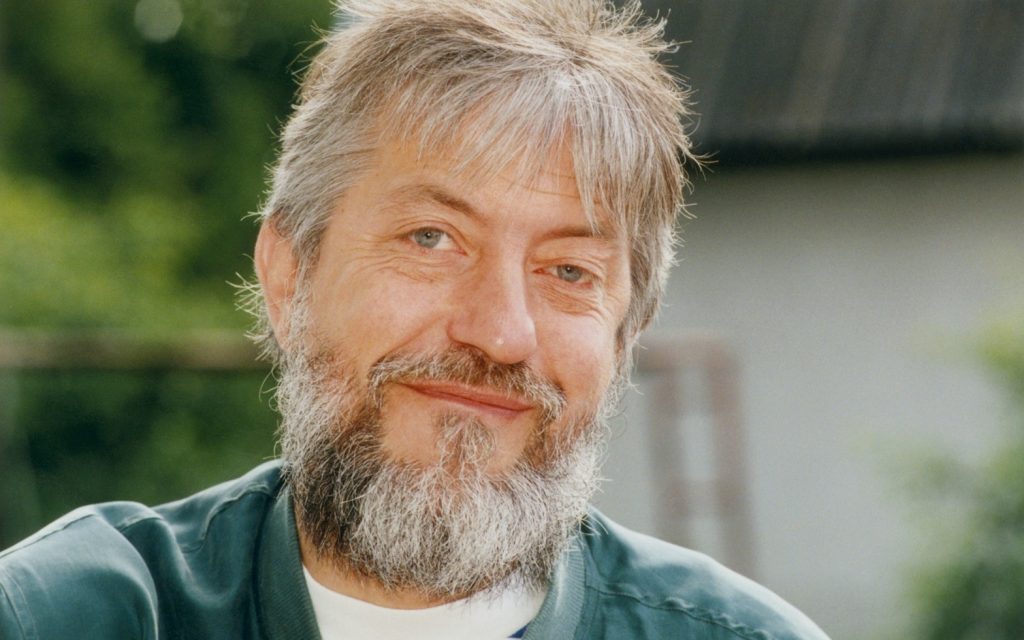
This ordeal lasted for decades even after his death and came to its bitter end just recently – the court ruled that the apartment be taken away from Lepo’s family. Based on this, one may arrive at a positive yet cynical conclusion – in Estonia, even ministers are not safe from legal injustice.
However, despite Lepo’s unfortunately rapid end, his legacy is impressively abundant and versatile. With very little time he managed to create so much – and this makes him one of the key figures in recent Estonian cultural history.
Warm and caring nature
In conclusion, I would like to share a memory to describe Lepo as a person. I have heard much about how his infectious charm captivated rooms and halls full of people. But besides this, he was an extremely caring and attentive father whose three children have become important figures on the Estonian cultural landscape.
I remember that, when I had gone to continue my studies in Finland, I asked him to write me a reference letter for a scholarship. My wife went to pick it up with our son who was four years old at the time. Lepo handed the letter over but suddenly noticed that my son’s shoelace was undone. He immediately bent down and tied it without saying a word.
This is how I remember him – besides his dazzling creativity, Lepo’s warm and caring nature also made him an extraordinary human being.
Cover: Lepo Sumera. Photo courtesy of Lepo Sumera’s family.
